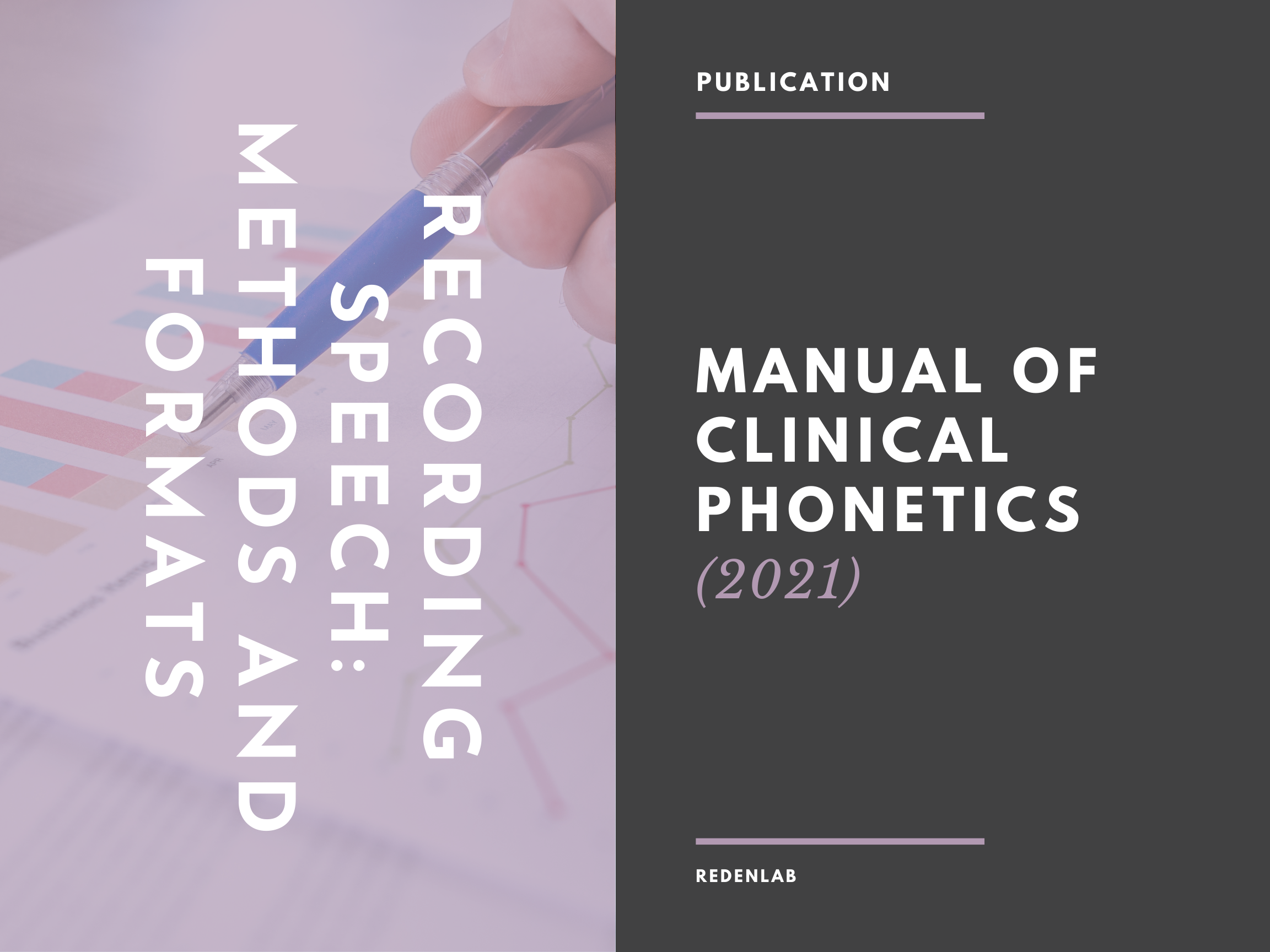Recording speech: Methods and formats – Manual of Clinical Phonetics

Hardware selection is an important and often overlooked component of speech research. All data are acquired using a microphone and a data capture and storage device. The precision, fidelity and utility of these configurations vary greatly between products and within manufacturers. There is evidence to suggest that differences between devices recorded simultaneously can sometimes be larger than differences between speakers (Vogel et al. 2014). If hardware is not harmonized from one study to the next within labs, between groups or across indications, the field will struggle to make concrete assumptions about the accuracy of studies and the features they describe. These limitations pose a significant logistical problem for groups looking to draw on historical recordings or combine data from other centers. However, these limitations are largely restricted to recordings made for the purpose of conducting acoustic analysis, and not necessarily for clinicians and scientists using speech recordings for listener based perceptual judgment. These assumptions raise important issues for hardware selection and the role different configurations play in research and the clinic.
1. What is the post recording purpose of the speech samples? (eg listener-based judgment, language sampling, broad acoustic features or fine-grained analysis)
2. Where are the recordings taking place? (eg in the clinic, in the field, at home)
3. What is the budget? (eg does the team require individual devices, is testing conducted centrally requiring one set?)
4. What is the level of expertise of the user? (eg plug and play or bring your own device, versus complicated multi component set-ups)
Click here for more details
